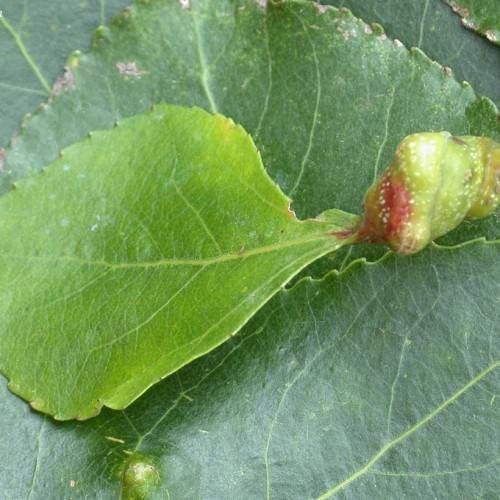
black poplar
Populus nigra
Cycle:
Perennial
Watering:
Average
Hardiness Zone:
2 - 10
Flowers:
Flowers
Sun:
Full sun
Leaf:
Yes
Growth Rate:
High
Maintenance:
Moderate
Care Level:
Medium
watering
Black poplar (Populus nigra) should be watered deeply twice a month during its active growing season (spring through fall). When watering, provide enough water so that the soil is saturated and moist but not soggy. Allow the soil to dry out slightly between waterings. During the plant's inactive winter season, water it only once a month or as needed to keep the soil just slightly moist.
sunlight
Black poplar trees prefer full sun, meaning they should receive 6 or more hours of direct sunlight each day. During the summer months, black poplar trees should have full sun exposure from sunrise to mid-afternoon, when the sun is at its highest. This species of tree also tolerates partial shade, meaning it can still grow and thrive with less than 6 hours of direct sunlight each day.
pruning
Black poplars (Populus nigra) should be carefully pruned twice a year, once in the winter and once in early summer. Winter pruning should focus on removing dead, dying or diseased branches, as well as those that cross or rub together. Early summer pruning should focus on thinning out the canopy of the tree to encourage better air circulation and more light penetration. When thinning out the canopy, aim to remove about 1/3 of the branches, making sure to retain the tree's natural shape. For pruning black poplars, make sure to use sharp, clean pruning tools and to use proper technique to avoid damaging the branches.
